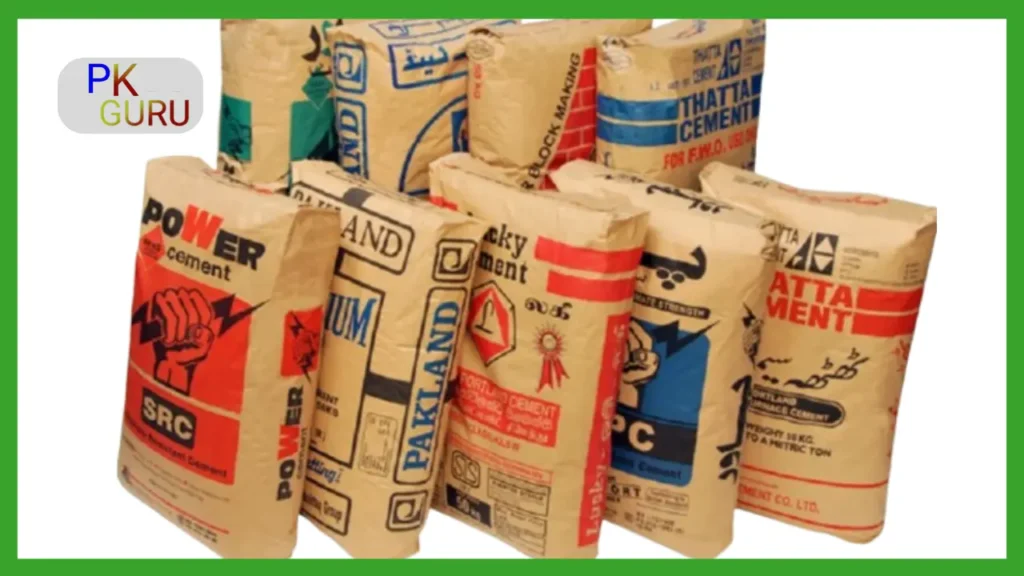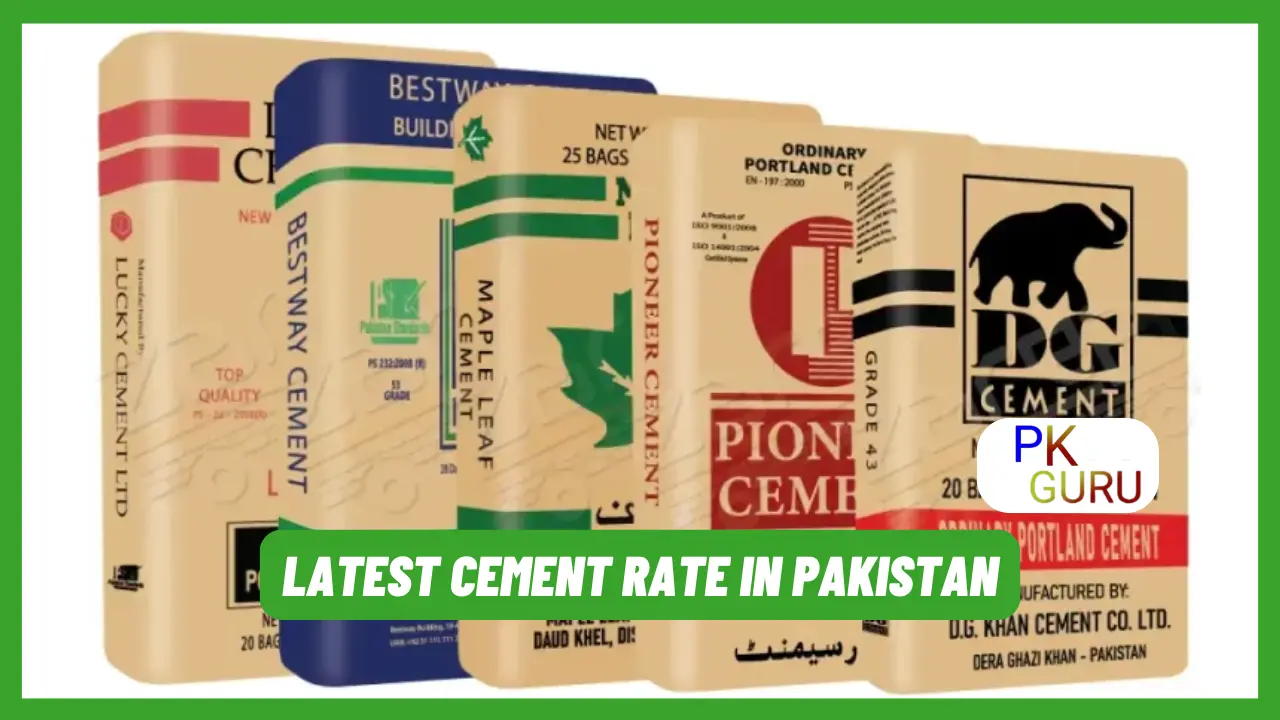Today Cement Rate in Pakistan: December Update
Today Cement Rate in Pakistan is a crucial metric for understanding the dynamics of the construction industry. With prices currently ranging between PKR 1,390 to 1,440 per bag, keeping track of these rates helps builders and consumers make informed decisions. The fluctuations in prices often reflect broader economic and seasonal trends.
Cement is the backbone of Pakistan’s construction industry, ensuring strength and durability in projects ranging from homes to massive infrastructure developments. Its importance cannot be overstated, as it directly impacts the quality and longevity of buildings.
The December updates are particularly relevant because they showcase seasonal shifts and market conditions. By understanding these trends, stakeholders can plan their projects more efficiently, taking advantage of stable pricing or anticipating future changes.
Cement Price in Pakistan Today Rate
Cement Rate in Pakistan vary depending on the brand and region, reflecting the competition and market dynamics. Below is the latest rate list for December 2024:
Cement Price in Pakistan
| Brand | Price (PKR) |
|---|---|
| Kohat Cement Rate | RS. 1,415-1,425 |
| Fauji Cement Rate | RS. 1,420-1,430 |
| Maple Leaf Cement Rate | RS. 1,415-1,425 |
| Cherat Cement Rate | RS. 1,410-1,420 |
| Askari Cement Rate | RS. 1,415-1,425 |
| Falcon Cement Rate | RS. 1,430-1,440 |
| Pioneer Cement Rate | RS. 1,420-1,430 |
| Power Cement Rate | RS. 1,410-1,420 |
| BestWay Cement Rate | RS. 1,420-1,430 |
| Paidar Cement Rate | RS. 1,410-1,420 |
| Pakcem Cement Rate | RS. 1,430-1,440 |
| Flaying Pakistan Rate | RS. 1,390-1,400 |
| DG Khan Cement Rate | RS. 1,420-1,430 |
| Lucky Cement Rate | RS. 1,415-1,425 |
Also Visit: Steel Rate Today in Pakistan
Types of Cement Available in Pakistan
Different types of cement are used for various construction needs in Pakistan, each catering to specific project requirements. Here are the most commonly used types:
- Ordinary Portland Cement (OPC): The most widely used cement for general construction purposes.
- White Cement: Ideal for decorative finishes and aesthetic projects.
- High Alumina Cement: Suitable for high-temperature or refractory applications.

White Cement Price in Pakistan
White cement is a premium material often used for decorative and finishing purposes. Below are the latest prices for white cement in Pakistan:
White Cement Prices
| Brand | Price (PKR) |
|---|---|
| Maple Leaf White Cement | RS. 1,950-2,000 |
| Kohat White Cement | RS. 1,930-1,980 |
| Lucky White Cement | RS. 1,940-1,990 |
The Role of Cement in the Construction Industry
Cement is the foundation of the construction industry, essential for creating durable and reliable structures. It plays a crucial role in building everything from residential homes to large-scale infrastructure projects.
Without quality cement, construction projects would face major risks, affecting the strength, stability, and longevity of buildings. It ensures that structures can withstand various environmental and structural pressures over time.
How Seasonal Demand Affects Cement Prices
Seasonal demand directly influences cement prices, varying throughout the year. Here’s how:
- Peak Construction Seasons: Increased demand during summer and spring leads to higher prices.
- Off-Peak Seasons: Prices often drop in winter due to reduced construction activities.
Also Visit: Tiles Price in Pakistan
How to Choose the Right Cement for Your Project
Choosing the right cement ensures quality and durability in your construction project. Consider the following when making your decision:
- Project Requirements: Determine if you need regular or specialized cement, such as OPC or white cement.
- Brand Reputation: Choose well-known brands with a history of producing reliable and high-quality products.
Overall Conclusion
In conclusion, cement plays a vital role in Pakistan’s growing construction industry. Whether for residential, commercial, or infrastructure projects, selecting the right cement is crucial to the success and longevity of any build.
With cement rate constantly fluctuating in Pakistan, it’s essential to stay updated on the latest market trends, particularly as we move through seasonal peaks. Understanding these factors ensures better decision-making for contractors and consumers alike.






